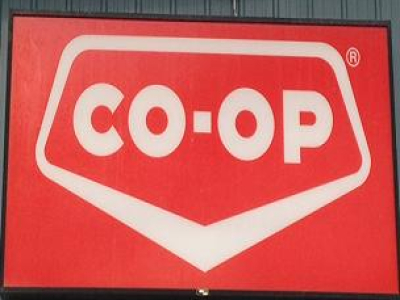The weekly crop report covering June 26th to July 3rd is out and reports significant rainfall in lots of areas that needed it.
In the Parkland, Inglis reportedly received the most precipitation at 57mm. Other places that got decent rain were Ethelbert (43.4mm), McCreary (41.8mm), Dauphin (33.3mm), Ste. Rose du Lac (32.5mm), and Grandview (28.3). You can see more numbers and locations in the weekly crop weather report.
As well as rain, some localised storms brought damaging hail to fields in the Fork River and Gilbert Plains areas. The week also saw continued higher temperatures which helped crops across the region advancing quickly.
The summaries for the Northwest region, which includes the Parkland, and the Interlake region can be found below:
NORTHWEST:
Another week of high temperatures had crops advancing quickly. Areas that are dry and short on precipitation are starting to show the effects. Several localized storms came through the region again with damaging hail in the Gilbert Plains area and Fork River area. The highest accumulated rainfall for the week was Ingles with 57 mm.
Spring wheat continued to advance and is now flowering or just finshed flowering. Many fungicide treatments are complete as stages were reached. True armyworm has been reported in several areas including Dauphin, Swan Valley and The Pas. Some control has been required as numbers exceed threshold levels. Canola is at various stages. While the most advanced canola is starting to pod, the latest seeded canola is quite behind at rosette stage. Adequate moisture would help significantly.
Field peas continue in the R2 and beginning R3 stages. Soybean is now into R1 stage and for the most part looks good. Some areas continue to see grasshopper activity increasing.
INTERLAKE:
Crops are generally looking good with the past week’s showers. High temperatures and good moisture have allowed for fast crop growth. Rainfall continues to be variable with scattered thundershowers in the Interlake region. Northern areas receiving the highest amounts of 30 to 40 mm include Poplarfield, Moosehorn and Fisher. Scattered showers for much of the region were in the 10 to 20 mm range in most part of the South Interlake region.
Much of the region currently reports good soil moisture levels, although some areas remain very dry, and a few isolated areas that need time to dry up after recent heavy rains.
Spring wheat and barley are fully headed and flowering and the cooler weather forecast for this week will certainly help the crop to fill. Oats fields are begining to see fully emerged panicles. Canola stands in the region are variable with some fields looking good with even stands. Others are thin and stagey due to a number of earlier stresses including flea beetle damage and poor germination in dry conditions. The early seeded fields are between 30 to 50% bloom. Heat and moisture has been great for both grain and silage corn; all areas report rapid growth. Most of the crop looks better as compared to some past years. Colour is becoming normal and most fields have a nice dark green colour. Crops are generally shorter than normal.
There are reports of armyworms in a number of fields including perennial ryegrass, fescue and timothy, requiring insecticide treatment. Producers continue to monitor for armyworms daily and cereal crops are being sprayed. Increasing numbers of grasshopper hotspots are being reported in some areas and fields are being monitored carefully. Still seeing some grasshoppers and numbers are increasing but still not at the spray threshold yet in the South Interlake.
Applications for fusarium head blight timing in wheat continues. Most fields will be sprayed and over half of the acres are complete to date. The remainder will be completed by early next week. Fungicide treatment is now ongoing in canola but thinner crop stands, stagey stands and moisture levels inadequate for disease growth will regulate fungicide application.








